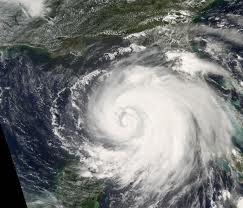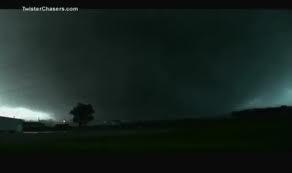
The 2013 hurricane season has been very quiet – too quiet.
There is little doubt that rare, tropical storms are now forming in odd places, like in the Mediterranean Sea, and due to their rarity, they have not been studied in the past.
The intensity and frequency of rainfall in Central America has now increased to the point that swollen rivers are flooding areas that seldom witness this type of devastation. In August 2013, historic snowfall blanketed one of the driest places on Earth, the Atacama Desert in South America.
The world is experiencing historic and very strange violent storms with little understanding of why they are occurring. As a result of this strange weather, a stormy hurricane season was predicted. So, don’t you wonder what happened to the hurricanes this year?
The Calm Before The Storm
As the Earth warms, more energy in the ocean leads to stronger storms. As residents of the Gulf of Mexico and on the Atlantic coast know well, severe storms over the past five years have become more extreme. But, this 2013 hurricane season has been the opposite – no major hurricanes have formed – yet – and the season has been eerily calm.
This is good in one way, and very disturbing in another. This isn’t natural, and feels like a dangerous calm before a big storm …
Increase In Hurricanes
The destructive power of hurricanes has increased since the mid-1970s when the most rapid increase in global ocean and land temperatures became more noticeable. With the exception of this 2013 hurricane season, the number of severe hurricanes has doubled worldwide, and the increase in major storms like Hurricane Katrina in 2005 coincides with a global increase of ocean temperatures.
This temperature increase is part of a long-term climate shift mixed with the rise in volcanic eruptions that will continue to persist for several more decades.
From Katrina To Ike
In 2005, Hurricane Katrina was one of the five deadliest hurricanes in the history of the United States, and the sixth strongest hurricane recorded in Atlantic Ocean history.
Following less than a month after Hurricane Katrina devastated large parts of the central Gulf Coast region, Hurricane Rita was the second hurricane of the season to reach Category 5 status in the Gulf of Mexico. One of the strongest storms on record, Rita peaked sustained winds of 175 mph.
This marked the first time that two hurricanes reached Category 5 strength in the Gulf of Mexico in the same season, and only the third time that two Category 5 storms formed in the Atlantic Basin in the same year.
Then came Ike three years later. Hurricane Ike was the largest hurricane ever observed in the Atlantic basin and the third most destructive hurricane to make landfall in the United States.
It’s far too quiet in the Atlantic. No hurricanes are forming, and THIS is worrisome. When the next hurricane DOES form, it might be a doozy.

